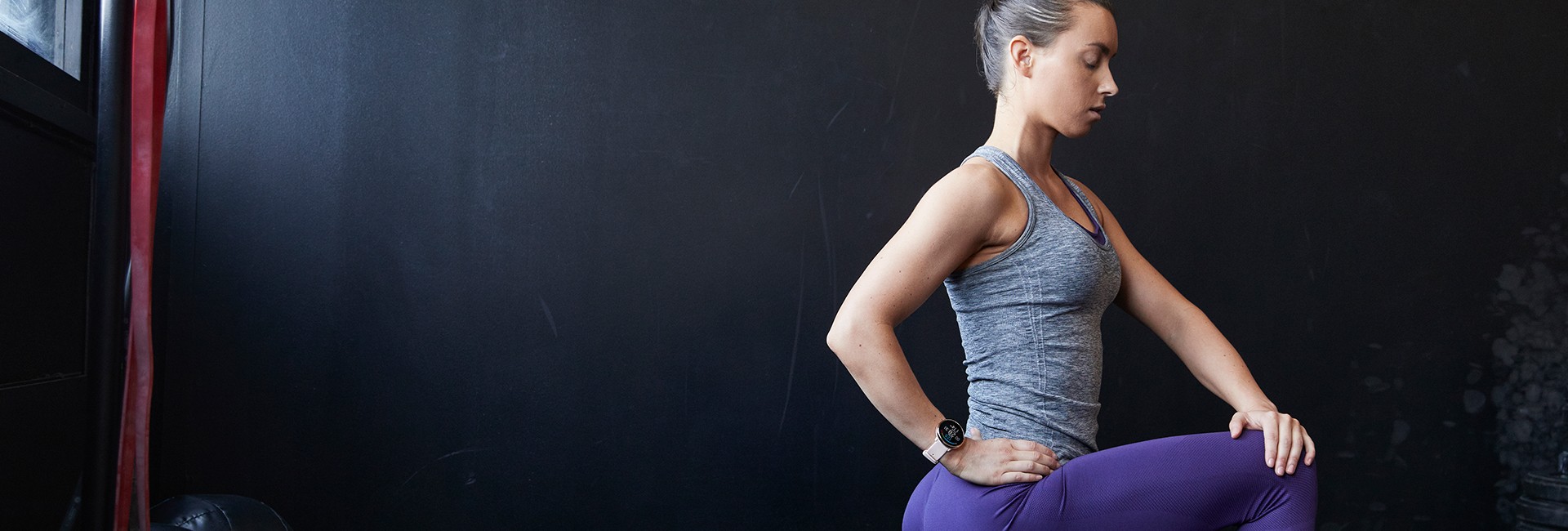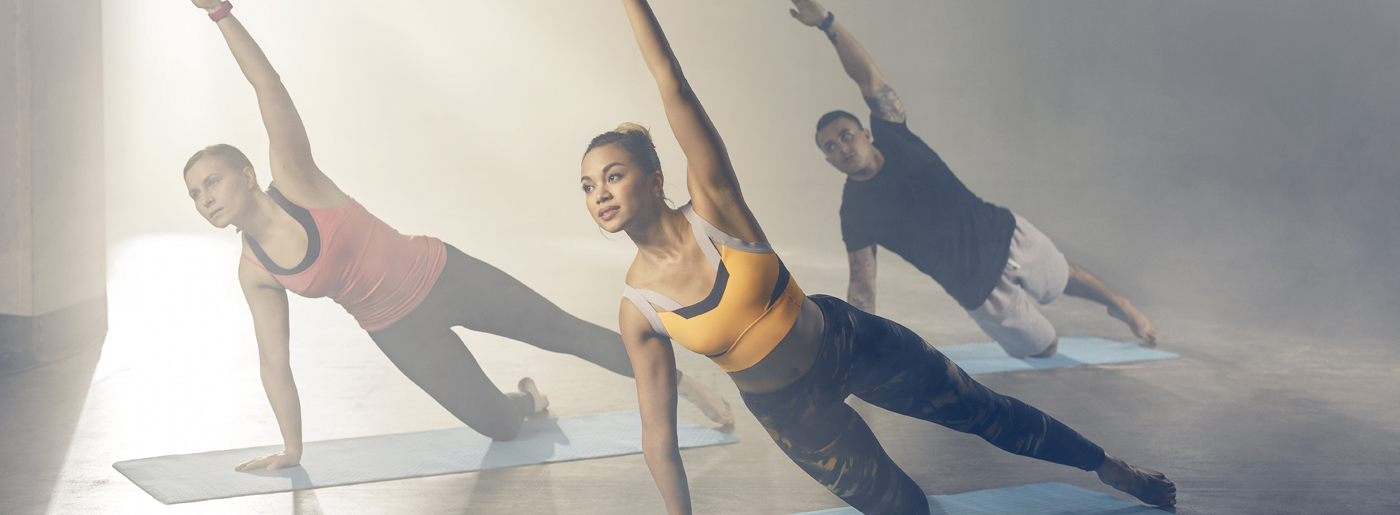If your Tuesday workout was a so-hard-you-almost-threw-up HIIT workout or an I-tasted-blood-in-my-mouth strength training session, you’re probably planning that the activity for Wednesday will involve the snooze button and breakfast in bed.
“But, you may want to consider taking a more active approach to recovery,” says Mary Johnson, a USATF Level 1 certified coach and the owner of Lift.Run.Perform.
While passive recovery can be oh-so-satisfying, getting an active move on may help promote recovery, and could actually leave both your body and mind feeling better – and less sore – than you did post-tempo.
Here are four active recovery workouts to choose from the day after you’ve gone all-out – and then you’re free to have a short stack in bed.
If you’re a seasoned runner…
Get out for a 30-minute light run.
“But give yourself a speed limit or use your heart rate monitor to make sure you’re staying between 60 to 70 percent of your max,” says Johnson.
If you’re not feeling the pavement pounding, hit the pool for 30 minutes of aqua jogging instead.
If you’re really sore or beat up from the day before…
“Spend at least 8 to 10 minutes on a foam roller, then move into some slow, intentional joint rotations, starting with the ankle and moving all the way up the body,” Johnson says. “Work your ankles, hips, and shoulders, and then move into a series of locomotive movements.”
Johnson’s favorites are a knee hug to lunge, dynamic heel-to-butt stretching, and side lunges with a cross-over hip stretch (like a figure-4 stretch).
Cap it off with 20 to 30 minutes of brisk walking if you’re feeling up for it.
If you’re in the mood to sit on a cardio machine…
“Saddle up on a stationary bike, elliptical machine, or rower, and go easy for 30 to 45 minutes,” Johnson says.
“Just make sure you’re keeping your heart rate low enough,” she adds. “Your rate of perceived exertion should stay around a 4 on a scale from 1 to 10.”
If you’re feeling pretty good and just want to move…
Do a bodyweight workout at home!
“Cardio and active recovery days don’t always need to be on a machine,” says Johnson. “Mix things up and experience different planes of motion through body-weight exercises.”
Here’s what Mary Johnson recommends:
- A warmup including 8 to 10 minutes of foam rolling, glute warmup exercises (including forward, backward, and diagonal walks with an exercise band), clamshells, and lower leg and hip flexor mobility (like dynamic leg swings and side reaches, for example).
- Repeat the following exercises for 30 to 45 minutes, keeping your heart rate below 70 percent of your max the entire time:
- 15-yard march
- 10 bodyweight squats
- 20 seconds of jumping jacks
- 30-second plank
- 15 yards of side lunges (pivoting from side to side)
- 15-yard skip
- 10 bodyweight lunges (5 on each side)
- 15-yard lateral skip
- 15 yards of reverse lunges
- Isometric holds: 30 seconds each of a lunge, squat, and side plank
- A cool-down including pigeon pose, downward-facing dog (hold it for at least five deep belly breaths) and child’s pose.
If you liked this post, don’t forget to share so that others can find it, too.
Or give it a thumbs up!
I like this article
Please note that the information provided in the Polar Blog articles cannot replace individual advice from health professionals. Please consult your physician before starting a new fitness program.





